22nd December 2022
The Spokesmen Cycling Podcast
EPISODE 317: Masterplanning Milan: Real Estate Developer Reshaping the City With Active Travel
SPONSOR: Tern Bicycles
HOST: Carlton Reid
GUEST: Stefano Corbella, Sustainability Officer, COIMA, Milan
TOPICS: Parking Minimums, Forests In the Sky and Dutch-style cyclist roundabouts in Milan
LINKS:
COIMA REAL ESTATE, MILAN: https://www.coima.com/en/homepage
BOSCO VERTICALE: https://www.coima.com/en/media/press-releases/bosco-verticale-named-one-of-the-worlds-50-most-iconic-skyscrapers-of-the
DUTCH-STYLE ROUNDABOUT: https://bicycledutch.wordpress.com/2013/05/09/a-modern-amsterdam-roundabout/
CYCLOPS JUNCTION: https://cities-today.com/uks-first-cyclops-junction-opens-in-manchester-to-boost-bike-safety/
TRANSCRIPT:
Carlton Reid 0:13
Welcome to Episode 317 of the Spokesmen cycling podcast. The show was engineered on Thursday 22nd of December 2022.
David Bernstein 0:27
The Spokesmen cycling roundtable podcast is brought to you by Tern Bicycles. The good people at Tern are committed to building bikes that are useful enough to ride every day and dependable enough to carry the people you love. In other words, they make the kind of bikes that they want to ride. Tern has e bikes for every type of rider whether you’re commuting, taking your kids to school or even carrying another adult, visit www.ternbicycles.com That’s t e r n bicycles.com to learn more.
Carlton Reid 1.01
In the previous episode, I had a coffee and a cycle-related chat in the new Eroica cafe in downtown Milam. I’m Carlton Reid, and apologies for my croaky voice—I was at a Newcastle United match last night and may have shouted a wee bit. Anyway, the visit to Milan was a research trip to visit Porto Nueva, a formerly neglected part of the city, but which has been transformed by urban developers such as COIMA. The most famous part of this regeneration project is COIMA-commissioned Bosco Verticalle, or vertical forest, two high rise apartment buildings covered in trees and plants. I was part of a study group given a quick and inspirational tour of the tallest of these towers, and from near the top, I could see some of Milan’s new protected cycleways. I also spotted a Dutch-style roundabout and a Cyclops-style staggered road junction on a busy arterial. Later, I interviewed COIMA-sustainability officer Stefano Corbella at this junction, and then we walked through an urban park built over another arterial and chatted about the changing face of Milan and how private developers work with cities on increasing the number of active travel journeys.
Carlton Reid 2:16
Stefano, where are we are we are we in Milan right now overlooking this road? What is this road?
Stefano Corbella 2:43
This is Via Melchiorre Gioia, one of the main streets that connects the outskirts of Northern Milan, to the to the city centre going towards the Brera neighbourhood, one of the most historic and nice
neighbourhoods in Milan.
Carlton Reid 3:04
So, we’re on a pedestrian bridge over the road, yeah, flanked by each side by bike paths, how new are those bike paths here?
Stefano Corbella 3:13
Yeah, those bike lanes we developed as part of the Porta Nuova development.
There was nothing at all before we started working on the project. And we added approximately four kilometres of cycling path integrated with later other development that the city of Milan is done.
Carlton Reid 3:38
So this road was wider here. So there was more lanes for cars. And you’ve taken one lane away.
Given to the cyclists and the pedestrians?
Stefano Corbella 3:48
Exactly, exactly. And this was part of the bigger master plan that connected the four neighbourhoods and around because the Porta Nuova project stands for about one kilometres in length. And for a total of 190,000 square metre of total masterplan, which include the park and so on. So the it was important for us to create
a connection for pedestrian cycling, separated by, by design with from the vehicle or vehicle or roads.
Carlton Reid 4:25
So we’re not just walking past where you work. For COIMA. You’re the sustainability officer. Founded in 1974,
which is the developer of a number of plots, projects in Milan, but we are now walking through
into the park. So what’s this park?
Stefano Corbella 4:46
This is BAM, Biblioteca degli Alberi di Milano, is a park that we developed on behalf of the city of Milan and then now we manage to an agreement with the city and we take care about
Security, maintenance, but also and most important cultural activity and culture activation in in our neighbourhood.
Carlton Reid 5:10
And we are higher than road level here.
Stefano Corbella 5:14
Exactly.
Carlton Reid 5:14
So this is on stilts this is your this has been built up above the arterial road or the rest of the road.
Stefano Corbella 5:21
Yeah, on top of the road. Yeah, exactly one of the key issues of this master plan. And the challenges that we face when we started the design was the fact that the Melchiorre Gioia, and Via Della Liberazione were cutting in four corner it was to street just cut the, the entire site in the middle. So in order to make the public spaces more appealing, more quality to give quality spaces, we lift everything up about six metre. And we work with the landscaper to gently make the landscaper not even perceiving these six metre differences between ease or a neighbourhood that is down there with the Bosco Verticale. And the Piazza Gae Aulenti, that is here where we are walking at the moment.
Carlton Reid 6:16
So describe because this is the famous one that many people will have seen photographs of I’m sure what we can see now the as you said at the Bosco Verticale, so what is what is this?
Stefano Corbella 6:25
it’s
Bosco Verticale is a residential development, there are two towers, which we design with the I think the smart idea and interesting idea to implement trees, but I mean real trees, we have trees, about four metre high, five metre high in the balcony of the, of the,
design because it was nothing new in some ways because there are plenty of green spaces on balcony but this scale that we put into this project and the size of the trees that was the you know the the things that was pretty new.
Carlton Reid 7:28
Was it 2015 when it was finished?
Stefano Corbella 7:30
Yes, pretty much.
Carlton Reid 7:32
And then no well now what so we won’t be hearing the the car noise any more because it’s it’s as you say six metres below us. Yeah. So come into a very modern Deluxe office complexes are parked over that way but this is still a very vibrant space Yes 6pm at night.
But tell me what this was before before that obviously the road is here. But now what is this whole area what was it?
Stefano Corbella 8:02
It was a former railway yard. It was used in the beginning of the 19th century, then the train line was pushed back a little better. And but the area was left there for decades now with the abandoned railway with the you know nothing. They’re only you know, ground polluted by you know, the things that happen in in a railway and in the municipality of Milan and other developers try to develop the area for decades until a back in 2004, 2005 COIMA with the joint venture of investor started the development of Porta Nuova and with the with the entire site in one go, no and that was pretty amazing because finally, the project succeeded. We have been lucky that different mayor of Milan that pass through the time that we build everything
promoted the site promoted the development so we have been able to complete the project in fairly good time and at the end that we completed.
Carlton Reid 9:21
So your colleague Kelly in one of her talks of the day was talking about how when Isola when that was like reconnected yeah so you could you could then walk across from Yeah, in fact the park to go across you no longer had to go across the railway line or the busy road. That was a very joyous.
Stefano Corbella 9:39
Absolutely. Isola in the Italian word and in English is highlands and highlands because was surrounded by the former railway yard. And in order to get there from the city centre was a kind of a journey because you have to go through the railway. You have to
a tunnel within the train. So it was not an easy travel despite the distance from each other and Brera it few 100 metres but was completely blocked by the former railway yard. So when we open up the Piazza Gae Aulenti, and we have been able to connect it through that passage was was a kind of
joy moment for the residents of Isola.
Carlton Reid 10:32
And the bike infrastructure, the bike paths that are there now, were they planned originally or was this a later addition?
Stefano Corbella 10:39
No, no, it was all planned was all planned all the pathway. The design of the landscape was planned since the beginning. We build up in in phases, but there was a part of the plan that works, actually, after the project in the city of Milan also increased the connection further, because they
they find out that that was a good connection through Isola and the city centre.
Carlton Reid 11:11
So do you monitor as a developer do you monitor how many people are arriving by car, how many people arriving by metra, because we are surrounded by public transport here.
Stefano Corbella 11:22
Yeah, yeah.
Carlton Reid 11:23
And how people many by bicycle? Foot?
Stefano Corbella 11:25
Yeah, we we have a close monitoring of the pedestrian footfall, which has now reached more than 10 million people here in the Piazza Gae Aulenti. We are working to increase that footfall to 15 millions in the next few years by
addressing the cultural events here, the leisure
people enjoy to live in Porta Nuova and better it is because make the site more attractive and more livable and so on.
Carlton Reid 12:09
Now, COIMA is also involved in a Porto Ramona.
Ramona?
Stefano Corbella 12:17
Porta Romana.
Porta Romana
Carlton Reid 12:20
At least one of those is correct.
Which is going to be the site of in 2026, the Winter Olympic Village.
Stefano Corbella 12:30
Yeah.
Carlton Reid 12:31
That has obviously the the student accommodation on top. Yeah, that’s, that’s, that’s that’s kind of your part of the development. But underneath, there’s an awful lot of car parking space, which in today’s presentation was was very much you know, this is a very boring bit, we’re not going to talk about this very much we’re going to what the surface stuff, but then there’s an awful lot of space underneath — is it half? — is car parking.
Stefano Corbella 13:02
Exacty.
Carlton Reid 13:03
So, is that
And I kinda know the answer to this is that the municipality having a parking code. So, if you have a development you need x number of car parking spaces?
Stefano Corbella 13:16
Yeah, there is a national law which obliges new developments with certain end with a certain typology of building use to provide for parking space and that is a mandatory requirement.
Carlton Reid 13:31
So, there is no way you can avoid that?
Stefano Corbella 13:35
There are only few places where you can not apply that law and is in within historic centre like Rome, because obviously, there is no physical space to create or you know, technical difficulties to create any basement in such a historic centres. But for other for other parts of typically, all the development has to provide that amount of capacity even though in some cases, we as a developer, we know that we will probably not need such amount of parking.
Carlton Reid 14:12
This is student housing …
Stefano Corbella 14:13
Exactly
Carlton Reid 14:14
… you’re building and students famously probably do not have their own cars so you will not need all that space.
Stefano Corbella 14:20
What we have done, what we are doing, is that the first level of parking, we design and we will build with a slightly higher floor to ceiling height.
with in order to build up some flexibility to repurpose that area in the future if we will be able to change the use of that.
Carlton Reid 14:42
Do you think it will be used as parking during the Olympics for the month but you haven’t yet but then maybe afterwards is you so no, no, I’m gonna say look forward and do so far with this law?
Stefano Corbella 14:53
That is going to be a kappa there’s no way we can change. One day if this law
will be no, no longer applicable. And because the car parking we expect that will be used less and less, especially in well connected cities, we will have a lot of space that is unfit. No? And so the idea is let’s build a floor that would be able to accommodate other function. So to use the space, otherwise, we will have an empty space for nothing.
Carlton Reid 15:25
Yes. So many cities or many countries around the world are removing those or trying to remove those parking minimums, because this …
Stefano Corbella 15:34
France, London
if you’re closer to public transportation, you have a derogation on that.
Carlton Reid 15:41
So, do politicians in Italy recognise that other countries are removing the parking minimums be no matter what other countries are doing we should remove parking minimums because from a sustainability point of view, parking minimums now kind of crazy.
Stefano Corbella 15:57
Yeah, I don’t know.
I certainly hopw that with this will be taken into consideration by future legislation, because I think in some places make totally sense not to push for that amount of parking, because sometimes we believe is not needed. So it’s a waste of money. It’s
an impact on on the environment, because you build more space for for things, but we will see. Hopefully, they will at some point will be taken into consideration.
Carlton Reid 16:35
And going back to this development here. Again, something that I think it was Kelly, who mentioned this was that in the in the original master plan, the there was much more of the roads that are around here. were much, much worse, supposed to be much narrower. Yeah. cobbles, maybe. And it was the municipality who said no, leave it as a highway now. So do developers, such as yourselves? Try and do things and municipalities, for whatever reasons, push back? Are developers actually, further ahead of what we need in this world?
Stefano Corbella 17:21
Sometimes, yes. But it is as as you know, it’s it’s a negotiation, you know, we may not see something that the municipality see or they have in the plan, what we can do is to try to demonstrate our, you know, thesis with calculation, we are the, and we always have
all the all the things works, and we don’t want to necessarily narrow streets, because they look pretty, we want the street that works for the purpose of the function that have to do. So we have transport consultant. And if we believe that
street could be smaller is because there’s there’s a calculation that demonstrate a simulation that demonstrate that, but you know, is a negotiation with the municipality, and sometimes we win the discussion. Sometimes we lose the discussion. At the end of the day, I think the project is, is is is beautiful is a nice place. People love it.
Carlton Reid 18:37
So are he roads that are out, basically are outside of your development. So the exterior one, obviously the one that’s coming through here, you’re above it, you’re not you’re not interacting with it below, but the ones outside. So that’s the municipality who have put
the bike paths in? Or is there?
Stefano Corbella 18:58
No, no. As part of the in for this project, because it was so big. And in general for big, huge urban regeneration project.
There’s uban agreement between the developer and the public authority, and typically happens that the developer has to pay taxes for the building that they built, and for the urbanisation, and that is two way, you can pay by cash to the municipality or you can give back in equal value infrastructure works. So we take we we’ve been taking care about the design of everything, including the public spaces, all the infrastructure, and we built on behalf of the city. And then once we completed the ownership
was given back to the city so we did everything and we gave back to the city
Carlton Reid 20:00
Because outside when we’re when we’re very high up, and we’re looking down at everything you had some from from I’m a I’m a bike geek. Yeah. I kind of know the infrastructure that’s been built here. But there’s like a roundabout. Yeah. With it’s like Dutch style roundabout. Yeah, the priority to the cyclists go round it outside. And then at the junction where we started the UK, that’s that’s called a cyclops junction, where the red is for the pedestrians and the cyclists, it gets, you know, cyclists and pedestrians across these major, major junctions. So were they, you might have built them, did the municipality provide the designs for them?
Stefano Corbella 20:44
No, we did the also the design and we had to, you know, get their approval from the municipality. You know, everything has been designed and built by us. There are certain rules that we have to follow those design guidelines, specifically provided by the municipality, so we had to follow those guidelines. Once we completed the design, we gave back to the municipality for approval, we had to provide the bill of quantity than the cost because obviously, you have to match the equivalent of the taxes that you have to pay so and that has to be checked by a third party. And in order to match the equivalent amount of money that you have to give back through taxes. But the design is, is all by as, approved by the municipality.
Carlton Reid 21:36
At this point, let’s take a quick commercial interlude with my colleague, David.
David Bernstein 21:40
Hello, everyone. This is David from the Fredcast, and of course, the spokesmen. And I’m here once again to tell you that this podcast is brought to you by Tern Bicycles, the good people at Tern build bikes that make it easier for you to replace car trips with bike trips. Part of that is being committed to designing useful bikes that are also fun to ride. But an even greater priority for Tern is to make sure that your ride is safe, and worryfree. And that’s why Tern works with industry leading third party testing labs like EFBE, and builds it bikes around Bosch ebike systems which are UL certified for both electric and fire safety. So, before you even zip off on your Tern, fully loaded and perhaps with the loved ones behind, you can be sure that the bike has been tested to handle the extra stresses on the frame and the rigours of the road. For more information, visit www.ternbicycles.com to learn more. And now back to the spokesmen.
Carlton Reid 22:50
Thanks, David. And we’re back with COIMA’s Stefan Corbella as we continue our amble through BAM.
Rather than looking at this this particular project where we are now going just in general across maybe any number of projects that COIMA is involved now are going to be involved with
do you see the pedestrianisation that you have here and the bike paths? Do you see that as something that that’s only going to get bigger and bigger and bigger in the future?
Stefano Corbella 23:23
I totally agree. In fact in Porta Romana, we are actually doing the same exactly the same things. Porta Romana has two lines of train cutting in the middle of the master plan. We are rising the landscape to get across with the park get across the railway. And we are building up like a bridge the
the forester spacer the suspended forest in this case, that cover with a pedestrian path, all the two train lines. So in the landscape will be way better. The train will pass without any any interruption. And most important pedestrian and cycling paths will pass without any trouble and problem without crossing any cars.
Carlton Reid 24:19
And so in the London Olympics, and I’m many of the Olympics, I guess there were the roads because London’s a very congested city they had VIP Olympic lanes. So only a Olympic officials, athletes could drive in these lanes. Is that something that?
Stefano Corbella 24:39
Yeah,
Well, the, the I’m not sure. What I know is that within the Olympic village or the there are there will be a protection around it. And certain parts of the street will be restricted for security purposes. But I’m not I’m not
aware about the street that is being given the VIP path? That I don’t know.
Carlton Reid 25:06
Okay. And do you envisage athletes and people who are connected to the Olympics to use bikes to get around?
Stefano Corbella 25:15
I don’t know.
I don’t know. I don’t know.
Carlton Reid 25:19
Because that isn’t part of the sustainability plan. No, we need X amount of people to be not in cars?
Stefano Corbella 25:26
No, there is no requirement. Although all the Olympic village and the building that we are built, building, there is quite a huge cycling storage for the future student because we will build the Olympic village but then the buildings will be converted straight afterwards into the student housing. And the idea is to make it very design and the properly the building in order to make these changes very quickly. Because the academic year starts in September. So we want to be sure that we have the students that can use the buildings straight after the Olympic
Olympic season.
Carlton Reid 26:14
And every chain is only as strong as its weakest link.
Stefano Corbella 26:19
Yeah.
Carlton Reid 26:19
So as a developer, you may provide very, very good bike paths through Olympic village and through through here, etc. But then when people get outside of the perimeter there, then just the municipality, yeah, is what they provide. Now, do you lobby Do you ask the municipality look, if we’re going to build all these fantastic bike lanes here, can you please make sure that this extends to the Duomo, extends to here, extends to the station?
Stefano Corbella 26:52
Yeah, it’s, yeah, when we when, as I mentioned, we have traffic consultants in our projects. And obviously, we we check the continuity of the bike lane, and you know, not to build a bike lane that is 100 metre long and then start and stop in the middle of nothing. No, because that will be
will be okay, but a waste of money.
Carlton Reid 27:22
So I know this is Isola as an island. But yeah, so you’re not looking at a development as an island and you provide great stuff. You know that for the plan for it to work it has to be an area.
Stefano Corbella 27:35
Yeah, yeah. And to be honest, at the beginning, I remember that the beginning of the project.
to tell you on other things is the city of Milan has changed the the mindset, in bike lane, in green areas, and so on. I remember 15 years ago, 20 years ago, the municipality or in general the city was sceptic about planting trees. Now the city of Milan has a plan to plant 3 million trees, now is completely change their mindset fortunately.
Carlton Reid 28:35
I was in a brand new cafe that opened this afternoon on Via Tunisia. Eroica.
So that’s a famous race in Italy. And this is the third cafe. And the manager who I was speaking to there, had had just been speaking to in fact, they left as as I came in, with the mayor
with about five or six people from the, from the municipality, yeah, talking to the manager and looking at this new cafe. Now, the managers said, and I know politicians will say anything, but the mayor said that they are very serious, very serious about getting rid of cars.
Stefano Corbella 29:21
Yeah, I know.
Carlton Reid 29:22
And is this something you’ve heard before?
No, no, no.
Stefano Corbella 29:40
it’s a much more pleasant city with less cars, way more pleasant. And
Carlton Reid 29:48
But is it feasible though?
Stefano Corbella 29:52
Yeah, yeah. I think I believe in certain in certain areas, with well connected public transportation
it should it could be feasible.
But, you know, we will see how we develop certainly is an improvement of quality of the city. That’s for sure.
Carlton Reid 30:11
I should do my research here. But how long is the mayor being the mayor for? How long has he got left? And if if a city mayor went to the city’s resident and said, I’m going to be taking lots of cars
out of the city, would that mayor be voted in again?
Stefano Corbella 30:31
He just started his second mandate? So he has other almost four full years. He’s just started the second mandate. So has a long way.
Carlton Reid 30:44
Would he be voted in again? And this is a hard question, but would he be voted in again if he had a plan to remove many cars? Is that something that you think Milan people would be?
Stefano Corbella 30:53
Well, that would be I think, Milan has several things. That will be one of the many. I’m not sure they will, these aspects will be key to
Carlton Reid 31:09
being voted in again?
Stefano Corbella 31:11
I think there are many other reasons. I think he’s done a very good job. And, you know, there’s four years to, in front of us.
Carlton Reid 31:21
So it’s a good sign that he’s he’s going into a bike cafe.
Stefano Corbella 31:24
Exactly. That’s definitely a good sign.
Thanks to Stefano Corbella and thanks to you for listening to Episode 317 of the Spokesmen podcast. Links to COIMA’ developments, including Bosco Verticale, can be found on the show notes at the-spokesmen.com. The next episode will be on the role of data in getting more people on bikes, but meanwhile have a Merry Christmas and here’s to a green and happy New Year and, as always, get out there and ride …
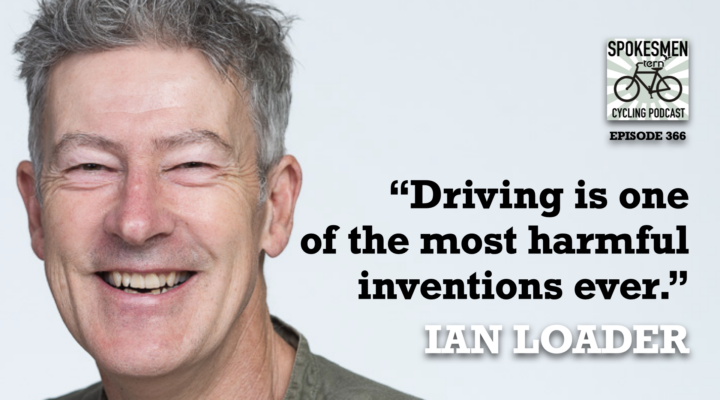
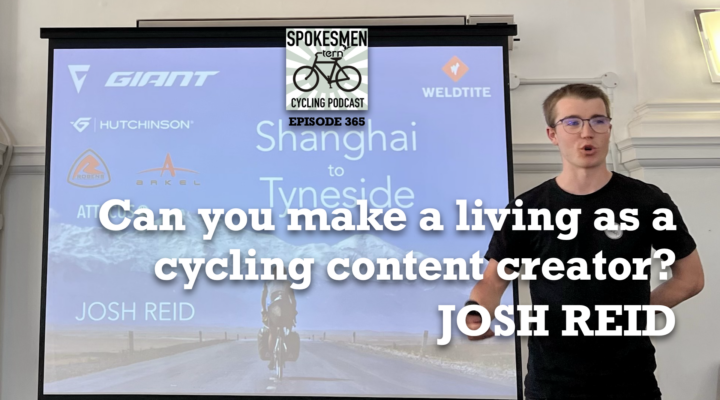
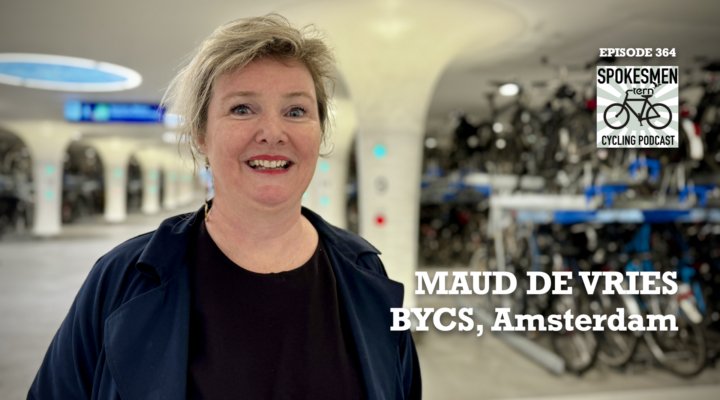
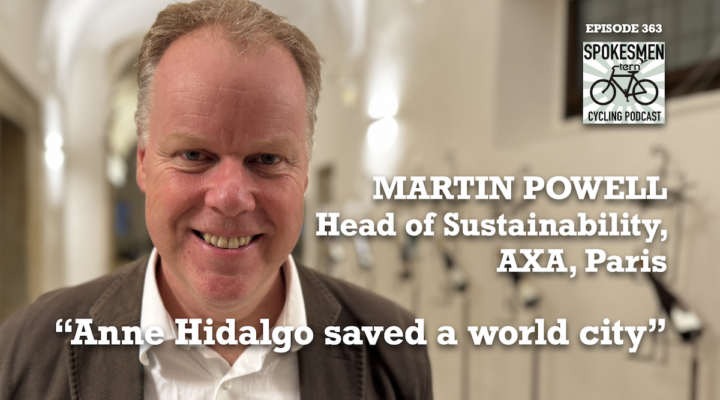
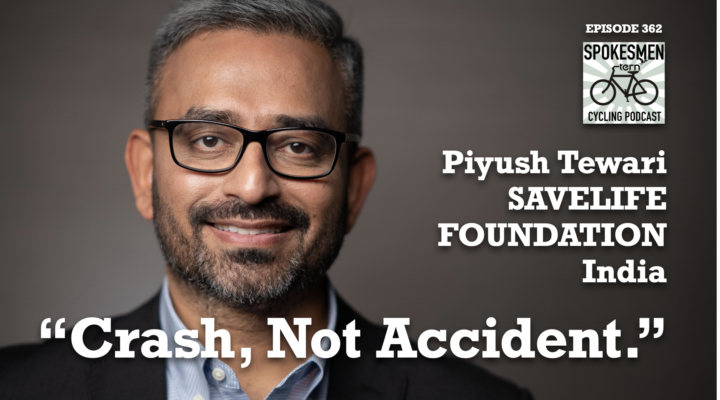
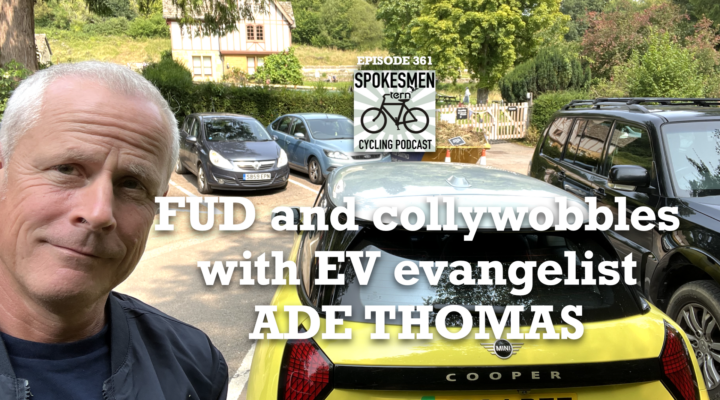
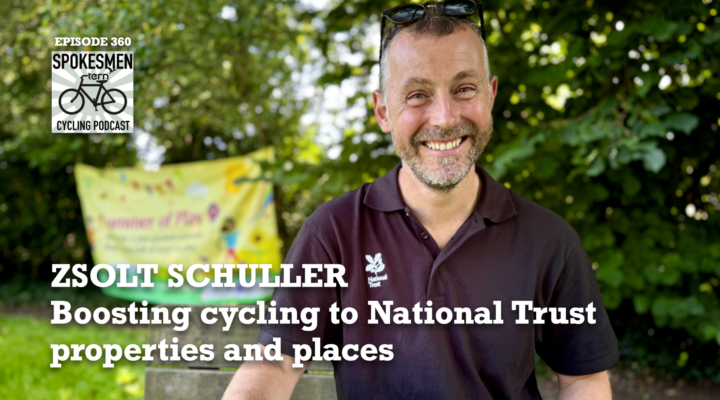
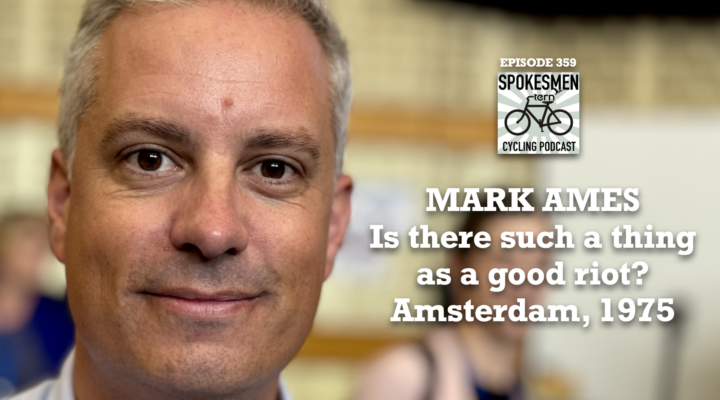
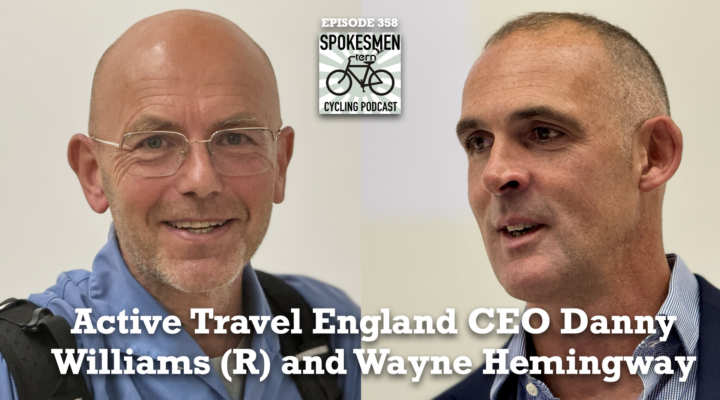
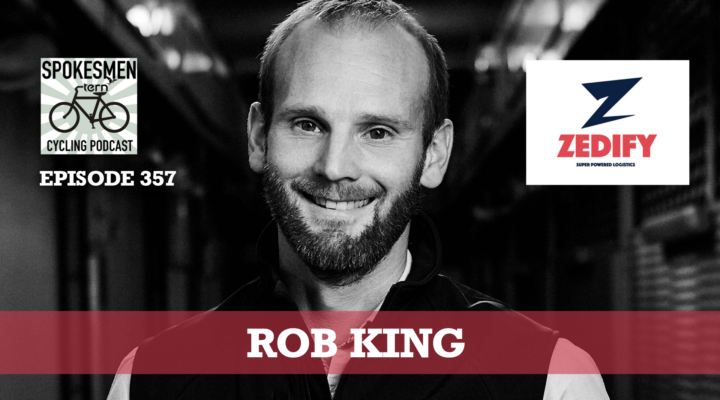
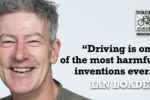

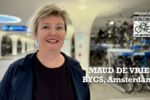
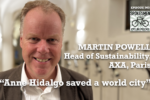
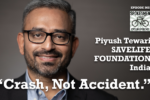


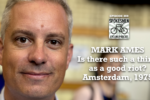


Be First to Comment